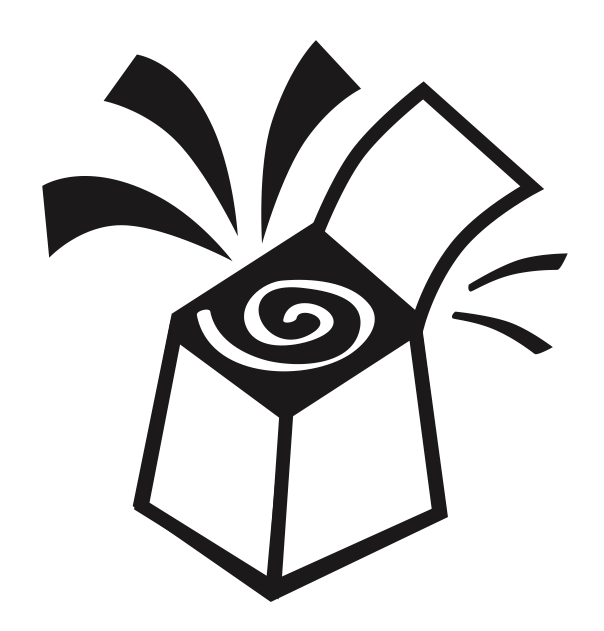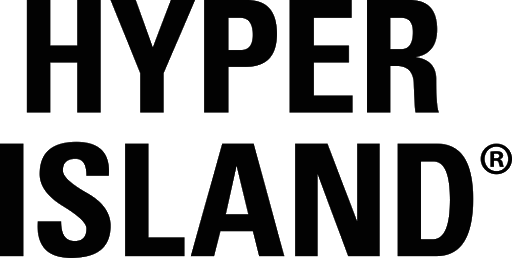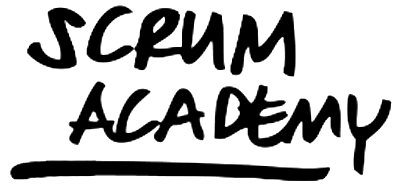
I am obsessed with being a better person every day. To make things easier, simpler, and better. For myself and for the people I work with.
I listen, plan, read, learn, experiment, and try to fit these ideas into models, a toolbox, beliefs, and my blog posts. I try and share these ways of working here – for others to build on, to improve, or challenge.
All because changing companies to be less about ads and more about acts isn’t easy. Change isn’t easy. Whether it is changing people or larger groups of people, often referred to as companies. I try and inspire, plan, strategize, engage and communicate to help teams, managers, executives, and companies change.
Thanks to some amazing clients, the methods of IDEO, Liberating Structures, Hyper Island, Scrum, and the CXPA, and some brilliant strategists, coaches, and facilitators I’ve met over the years, these are some of the key elements of how I work.
01. Structures create freedom.
It might sound contradictory, but I strongly believe that structures create freedom. The less you need to think about how to do things, the more mental freedom you have to be creative.
Structures are like a lighthouse in a storm. They’re the framework that provides guidance, the roadmap that creates direction, and the foundation that fosters creativity. As Gustave Eiffel once said, “The artist who works with precision and care, will soon free himself from the constraints that he imagined.”
Think about it – when you have a structure in place, you have a clear set of expectations and boundaries. This can actually create more freedom because it allows you to focus your energy and creativity within those boundaries. It’s like a canvas – the frame gives you a structure to work within, and the colors you choose can create infinite possibilities.
On the other hand, when you don’t have structure, you can feel lost and overwhelmed. You’re not sure what’s expected of you, and you might not even know where to start. It’s like being in a dark room without a flashlight – you might stumble around for a while, but you’re not going to get very far.
So, if you want to create more freedom in your work or your life, start by creating structure. Define your goals, set expectations, and create a plan of action. This might sound restrictive, but it will actually give you the space you need to be creative and innovative within those parameters. It’s like a garden – the fence keeps the deer out, but within that space, the plants can flourish and grow.
It is why I spend so much time continuously improving my own ways of working in my quarterly reviews, why I keep a toolbox with my favorite tools, structures, and exercises, and why I put so much emphasis on ways of working.
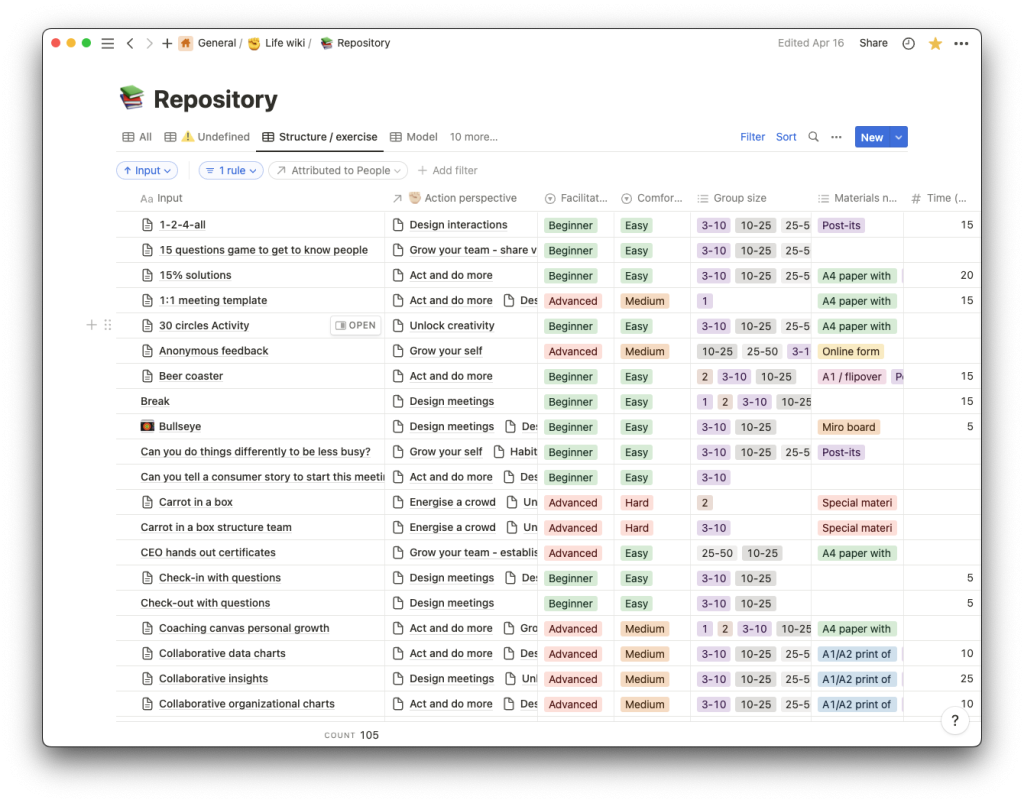
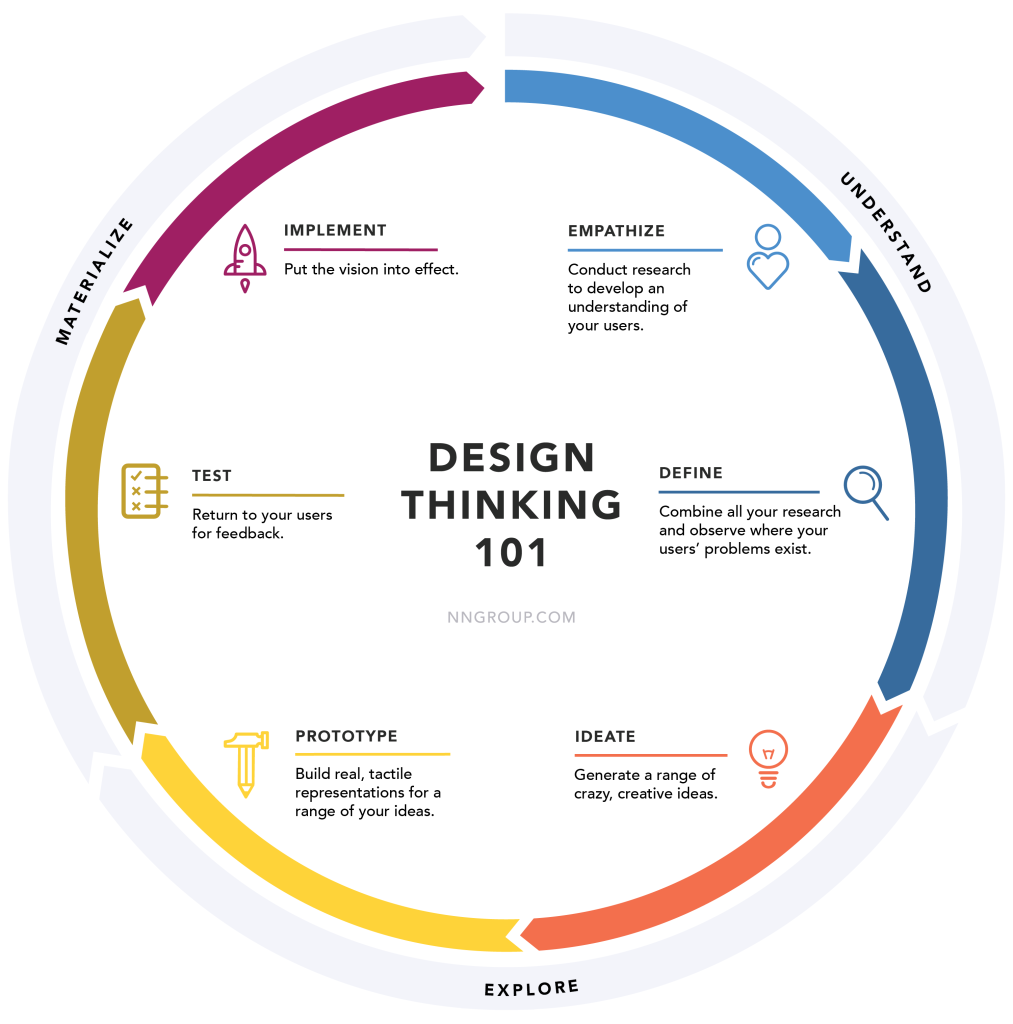

02. Giving a sh*t makes all the difference.
Not caring, indifference, and ignorance often is the easiest choice. And that makes that giving a sh*t is like a superpower. It’s the passion that fuels progress, the care that creates impact, and the enthusiasm that inspires others. As Simon Sinek once said, “People don’t buy what you do, they buy why you do it.”.
Think about it – when you give a sh*t about something, you’re more invested in it. You’re more likely to put in the effort, take the initiative, and go the extra mile. It’s like a flame that burns bright and hot – it might flicker at times, but it never goes out.
On the other hand, when you don’t give a sh*t, things tend to stagnate. You’re not as engaged, not as invested, and not as motivated. It’s like a battery that’s lost its charge – it might still have some juice, but it’s not going to power anything. And that feeling is infectious; seeing the indifference in others makes indifferent.
So, if you want to make a difference – in your work, in your relationships, in your life – start by giving a sh*t. Care deeply, show up fully, and be present in the moment. Don’t just go through the motions – put your heart and soul into everything you do. It might take some effort, but the impact you’ll create will be worth it. After all, as Dr. Seuss once said, “Unless someone like you cares a whole awful lot, nothing is going to get better. It’s not.”
It helps me decide on what I do, what projects I pursue as well as asking the commitment I need to succeed from the teams and individuals I work with.
03. Leave things better than you found them.
Oftentimes, it is difficult to completely solve a problem. Or solve a challenge at exactly that moment. That is ok, as long as you at least try to progress.
It is something I learned during my many hikes in remote areas of the world. “Leave no trace” or, better, “leave the trail better than you found it when you arrived” is often one of the few ground rules of the trail. It isn’t about cleaning up the mess you made yourself, it is about picking up litter from other hikers, covering up their mess, in order for everyone to do their part in making the trail clean, safe and enjoyable.
The same goes for working with individuals, teams, or organizations. You might not be able to solve the problem completely but might be able to do a small part and/or point to someone who does know to solve the problem.
Small improvements, every single day are better than occasional big improvements.

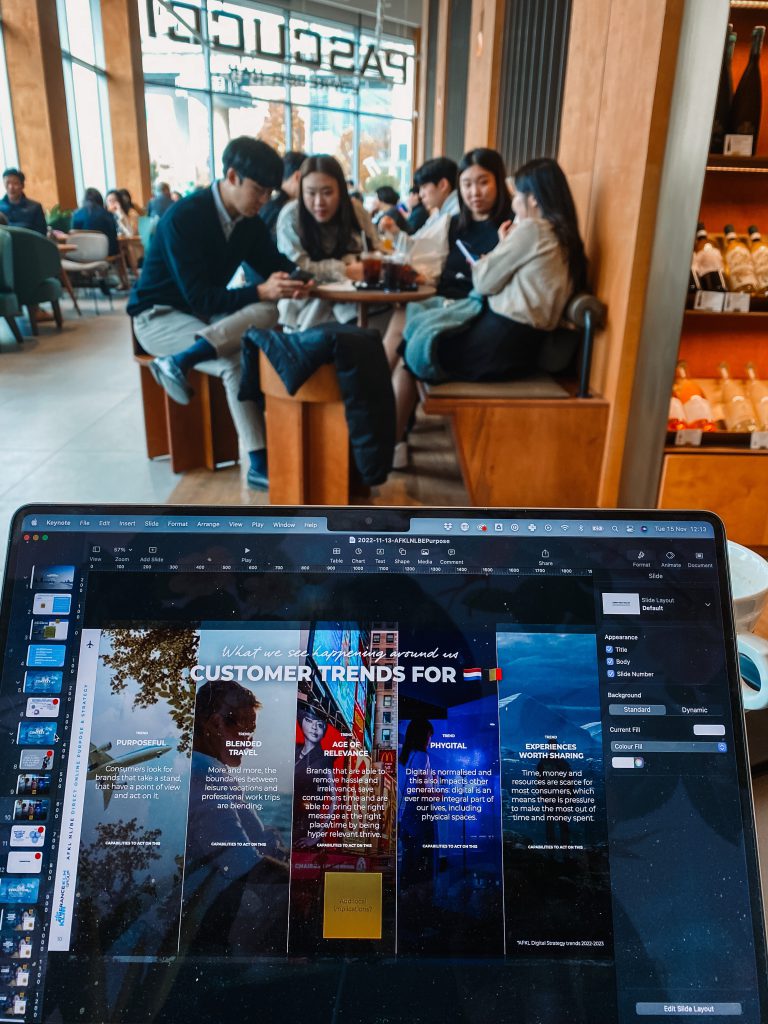
04. Diversity creates better solutions.
The more diverse ideas and thoughts are brought into a discussion, the better the end result is. Whether it is diversity in cultural background, geographical locations, demographics, or neurodiversity … when you bring people from different backgrounds and perspectives together, you get a melting pot of ideas and insights that can lead to breakthrough solutions. It’s like a culinary masterpiece – you need a variety of ingredients to create something truly delicious.
Think about it – if everyone on your team thinks the same way, you’re bound to run into some roadblocks. But if you bring in people with different experiences and viewpoints, you can start to see things from a new angle. It’s like adding a pinch of salt to a dish – it can take it from bland to brilliant in no time.
On the other hand, if you don’t embrace diversity, you’re like a one-trick pony – you might be good at what you do, but you’ll never be great. By surrounding yourself with people who challenge your assumptions and push you out of your comfort zone, you’ll be able to achieve things you never thought possible. It’s like leveling up in a video game – you might encounter some obstacles along the way, but the rewards are totally worth it.
So, if you want to create better solutions, embrace diversity with open arms. Mix it up, try something new, and see where it takes you. Who knows – you might just come up with the next big thing.
05. Action is better than inaction.
Only a small fragment of problems solves itself. The rest requires action. And doing nothing won’t change the situation. Taking action is like the secret sauce that sets successful companies apart from the rest. It’s the magic ingredient that makes the difference between being a game-changer and a game-watcher. Sure, careful planning and analysis are important, but at some point, you’ve got to put on your big-boy or big-girl pants and take the plunge.
There’s a story about a small tribe in the Amazon forest, that was way more successful in hunting wild animals than all the other tribes. The whole tribe would gather around an open campfire. In a simple ritual, the leader of the tribe would throw small spattered bones (of chickens or birds) into the fire. The sparks that would fly off the bones would lead the way. No questions asked. The whole tribe would gather up and start hunting as a group, in that direction. The key takeaway from the researchers was that it didn’t matter too much which direction the tribe would go if … they would go together as a team, without hesitation and questioning. Action over inaction.
On the flip side, inaction is like a bad habit that can hold you back and keep you from reaching your full potential. It’s like sitting on the couch binge-watching Netflix instead of hitting the gym. Sure, it feels good at the moment, but in the long run, it’s not going to get you where you want to be. So, put down the remote and pick up the phone. Make that call, send that email, take that first step. In if the outcome is not the desired one? Either way, you win, as Thomas Edison would say “I have not failed. I’ve just found 10,000 ways that won’t work.”.
I actively try to install this in different teams.


06. Openness creates trust creates openness.
Openness is like a breath of fresh air, oxygen to a problem. It’s the transparency that builds trust, the honesty that creates connection, and the vulnerability that fosters empathy. It’s like a warm hug from a friend – it makes you feel safe and supported.
Think about it – when you’re open with someone, you’re showing them that you trust them. And when they see that you trust them, they’re more likely to trust you in return. It’s like a game of catch – you throw the ball, they catch it, and they throw it back. The more you play, the more fun it gets.
On the other hand, when you’re not open with someone, they might start to wonder what you’re hiding. And when they start to wonder what you’re hiding, they’re less likely to trust you. It’s like a game of poker – if you’re not showing your cards, your opponents are going to assume the worst. And who wants to play with someone who’s always holding something back?
So, if you want to create more openness and trust in your relationships – whether it’s with coworkers, friends, or family – start by being open yourself. Share your thoughts, feelings, and experiences. Ask questions, listen actively, and show empathy. The more you do, the more you’ll create a virtuous cycle of openness, trust, and connection. It’s like a dance – the more you move, the more your partner moves with you.
07. Simplicity is the ultimate sophistication.
It is very easy to make things very complex. And the sentence “in an ever more complex world” seems to be the standard opening sentence of many trend decks and consultancy memos. In all of this, simplicity is like a breath of fresh air. It’s the zen garden in the midst of a bustling city, the blank canvas waiting to be painted, the white space that gives meaning to the black. As Leonardo da Vinci famously said, “Simplicity is the ultimate sophistication.”
Think about it – some of the greatest innovations of all time have been based on simplicity. The wheel, the light bulb, the smartphone – they all have one thing in common: they make our lives easier by simplifying complex tasks. It’s like finding the shortcut through a maze – it might take some creative thinking, but the end result is worth it. It is why I actively look for simplicity in my life and travels, especially when I go out to explore remote areas like the Jordan desert or the Greenland wilderness.
On the other hand, complexity can be like a tangled ball of yarn – the more you try to unravel it, the more tangled it gets. When you’re faced with a complex problem, it’s easy to get bogged down in the details and lose sight of the big picture. But if you can simplify the problem, you can start to see the solution more clearly. It’s like putting on a pair of glasses – suddenly everything becomes clearer and more focused.
So, if you want to be sophisticated, don’t overcomplicate things. Simplify, streamline, and declutter. It might take some effort, but the end result will be worth it. After all, as Albert Einstein said, “Everything should be made as simple as possible, but not simpler.”
It is not easy, but I always strive to peel the different layers to get to the core, the simple truth.

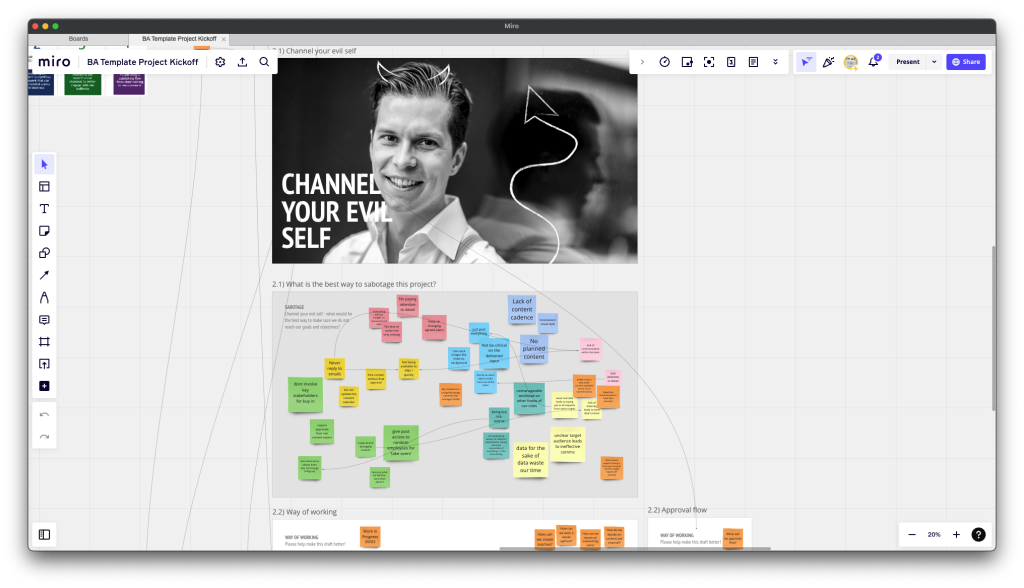
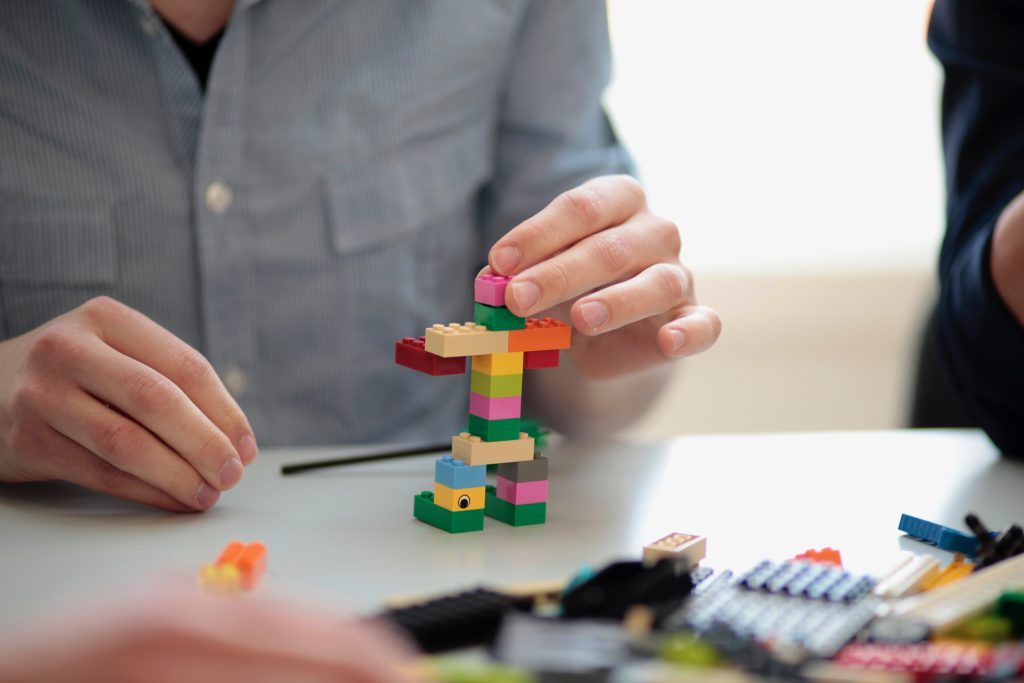
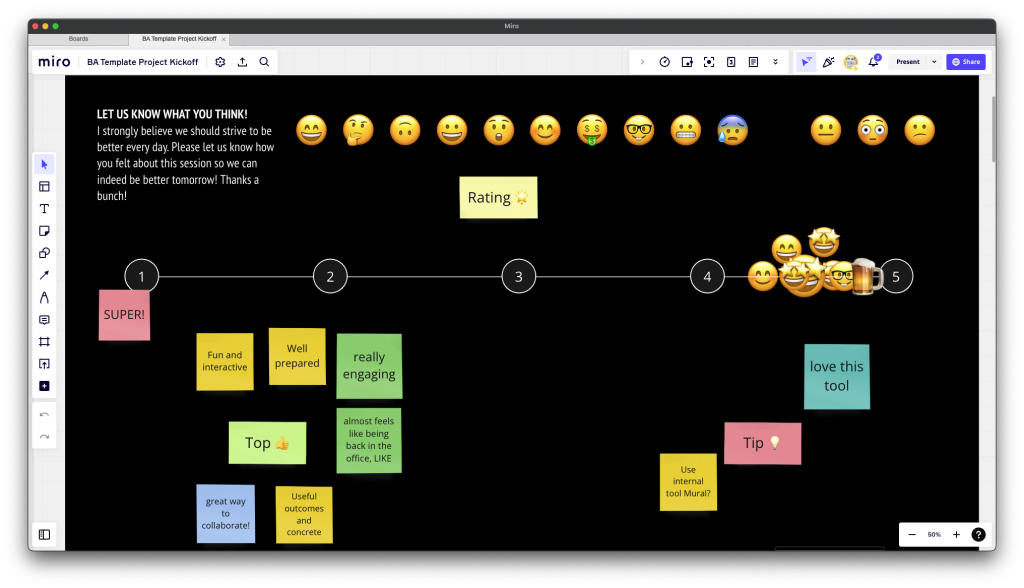
08. Fun is a superpower.
The more deadlines, deliverables, and doom-scrolling, the more fun is like a secret weapon that can help you conquer anything. It’s the cape that makes you feel invincible, the shield that protects you from stress, and the lightsaber that helps you cut through the chaos. As Robin Williams once said, “You’re only given a little spark of madness. You mustn’t lose it.”
When you’re having fun, you’re in the zone. You’re more creative, more focused, and more productive. It’s like a magic elixir that boosts your energy and powers up your brain. And let’s be honest – who doesn’t love a good power-up?
On the other hand, when you’re not having fun, work can feel like a slog through quicksand. You’re not as productive, you’re not as creative, and you’re not as happy. It’s like trying to run a marathon in flip-flops – you might make it to the finish line, but you’ll be exhausted and miserable.
So, if you want to tap into your superpower, make time for fun. Play a game, watch a movie, dance in your living room – whatever makes you happy. It might feel like a distraction, but it’s actually an investment in your well-being and your ability to succeed. After all, as Mary Poppins said, “In every job that must be done, there is an element of fun. You find the fun, and – SNAP! – the job’s a game.”
That is why I actively try to make weekly check-ins the must-fun moments of the week and use (self-deprecating) humor and creative exercises as a way to break boundaries. For example through the sabotaging exercise, which invites people to sabotage their own colleagues, clients, or organization, or the use of LEGO Serious Play.

